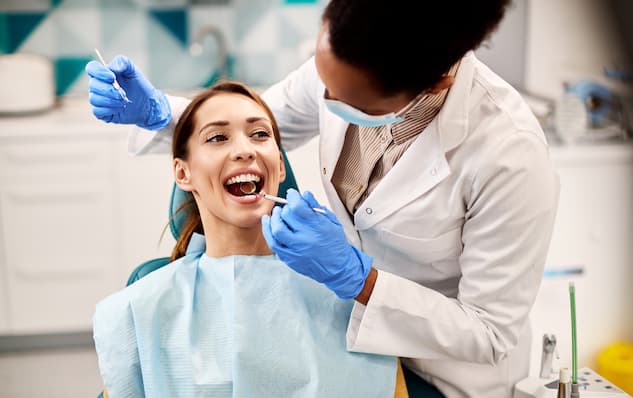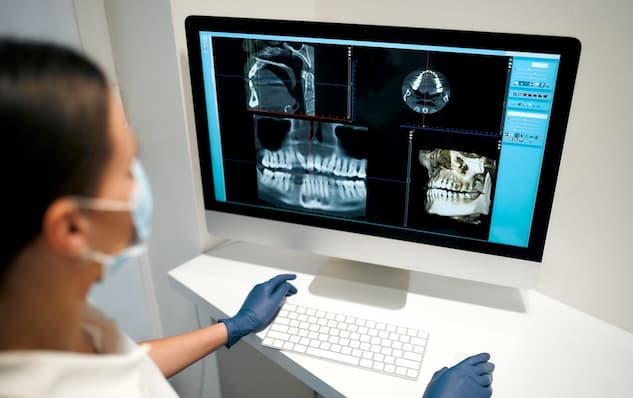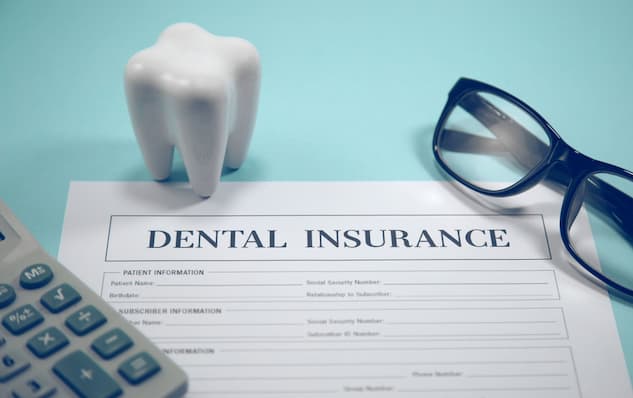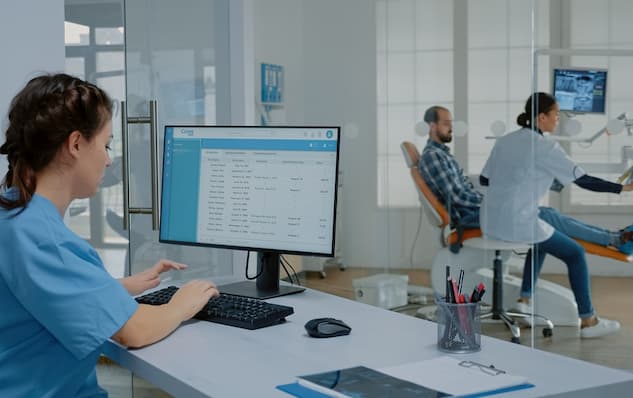How Can Your First Visit Help?


Orthodontics focuses on correcting irregularities of the jaw and teeth. Misalignment can be caused by improper jaw development, crooked teeth, and even the lips, tongue, or cheek muscles. Other common causes include bone disease, tooth loss, and injury. Severe jaw or teeth misalignment can lead to difficulties with speaking, chewing, and even breathing, affecting both physical and emotional well-being. Over time, these issues can also increase the risk of cavities and gum disease. The medical term for misaligned teeth is “malocclusion.”
Research shows that malocclusion can have several signs and symptoms, including:
- Discomfort when chewing or biting
- Misaligned teeth
- Breathing through the mouth
- Speech difficulties, like a lisp
If you notice these symptoms, call of office (503) 666-2196 to schedule a visit.

What to Expect at the First Orthodontic Appointment?

Scheduling your first visit to a professional orthodontist is the beginning to bringing back your beautiful smile. Here’s what you can expect during your first visit:
1. Medical and Dental History

At your first visit, the orthodontist will ask you to fill out forms about your medical and dental history. This information helps in creating the right treatment plan for you, so it’s important to provide accurate details about your dental health and overall well-being. A thorough history helps in planning your treatment, whether you need braces or Invisalign. The orthodontist will consider factors like when you last had X-rays or a dental visit to determine the best approach for your needs. Since everyone’s dental situation is different, this step ensures your treatment is customized to match your specific condition.
2. Oral Imaging and Examination

An oral exam and imaging are important parts of your orthodontic consultation. This helps the orthodontist identify any issues that may not be covered in your dental history. For example, you might have tooth decay that needs to be treated before getting braces. The oral examination includes:
- Dental imaging
- Dental molding
- X-rays
- Advanced 3D scanning
- Visual inspection
X-rays can reveal problems like gum disease, cavities, tumors, or existing fillings. For children, X-rays are used to check the growth and development of their teeth and jaw. A 3D scan gives the orthodontist a detailed view of your dental anatomy from different angles, making it easier to see bone structure and root positions.
To prepare for the exam, wear comfortable clothes and remove any metal items, like glasses, jewelry, or hairpins. A visual inspection is also used to spot any visible issues with both primary and permanent teeth.
3. Discovery and Treatment Plan

Next, the orthodontist will create a treatment plan to help you achieve a beautiful smile. The plan will take into account your budget, treatment timeline, and expected results. Sometimes, other dental issues may need to be treated before starting orthodontic care. Based on your dental and medical history, the orthodontist will determine the best method to reach your dental goals, including how long treatment might take. In some cases, braces may not be needed—other options may be easier and more effective.
There may also be situations where the orthodontist decides that braces aren’t the best choice, especially if the risks outweigh the benefits for minor issues. In such cases, Harmony Orthodontics in Sandy, Oregon, will provide tips to help you improve your smile effectively and quickly.
4. First Visit Questions and Answers

An oral exam and imaging are important parts of the orthodontic consultation. This session helps the orthodontist identify any issues that might not be covered in your dental history. For example, you might have tooth decay that needs to be treated before starting braces. The exam includes:
- Dental imaging
- Dental molding
- X-rays
- Advanced 3D scanning
- Visual inspection
This session is important because it helps you understand your treatment process. The orthodontist will take the time to answer any questions you have based on the exam findings. They may also provide educational materials about your treatment. Some questions you might consider asking include:
- How long will the treatment take?
- What are the benefits of Invisalign versus braces?
- How much will treatment cost?
- What types of braces are available?
- Will I need to make any lifestyle changes?
Make sure to ask any questions you have about the treatment plan to feel fully prepared.
5. Insurance and Finances

Once you’re happy with the treatment plan, the orthodontist will go over insurance and payment options with you. Costs can vary depending on your situation, such as if you have other dental issues like cavities that need to be treated first. No matter the cost, the orthodontist will offer a range of options to fit your needs. The office will also review your insurance coverage and help determine the best approach. There are several ways to finance your treatment, so you can choose the one that works best for you.
6. Schedule Your First Visit Today

After the initial consultation, the orthodontist will schedule your next appointment to start your treatment plan. Choose a date and time that works best for you to avoid any inconveniences. If you don’t have any other dental issues that need to be addressed, you can return within a few days for your next visit. This is called an observation or recall appointment.
Ready To Get Started?

